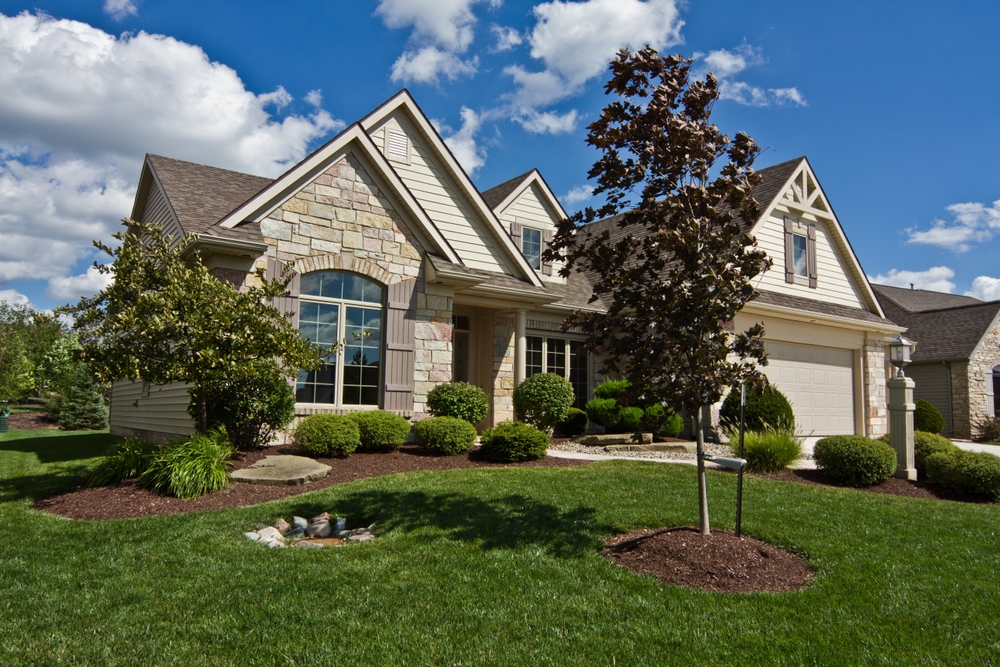Indiana Property Tax Guide: What New Residents Need to Know

If you’re relocating to Indiana, understanding the state’s property tax system is essential for budgeting and making informed housing decisions. Indiana’s approach to property taxes differs significantly from many other states, with constitutional caps and generous homestead benefits that can work to homeowners’ advantage. This comprehensive guide explains everything new residents need to know about Indiana property taxes.
Indiana’s Property Tax Cap System
In 2008, Indiana implemented constitutional property tax caps, creating what’s commonly called the “Circuit Breaker” system. These caps limit property taxes to a percentage of the property’s gross assessed value:
1% cap for owner-occupied primary residences (homesteads)
2% cap for rental properties, agricultural land, and second homes
3% cap for business properties
This means that regardless of local tax rates, your property taxes cannot exceed these percentages of your property’s assessed value. This constitutional protection provides significant predictability for homeowners compared to many states where property tax increases can be unpredictable.
Understanding Tax Bills and Due Dates
Billing Schedule
Indiana property taxes are paid in arrears and divided into two annual installments:
Spring Installment: Due May 10th
Fall Installment: Due November 10th
If either date falls on a weekend or holiday, the due date extends to the next business day.
Payment Methods
Property taxes can be paid:
Online through county treasurer websites (convenience fee may apply)
By mail to county treasurer’s office
In person at county treasurer’s office
Through mortgage escrow accounts (common for those with mortgages)
Penalties for Late Payment
1-30 days late: 5% penalty
31+ days late: 10% penalty
Continued delinquency: Property may eventually go to tax sale after approximately 18 months of non-payment
Calculating Your Property Tax: Step-by-Step Process
Understanding how your tax bill is determined helps you anticipate costs and potential savings:
1. Gross Assessed Value Determination
The county assessor determines your property’s market value based on:
Recent comparable sales
Property characteristics (square footage, features, condition)
Location
Property improvements/additions
Indiana law requires properties to be assessed at 100% of market value.
2. Deductions Application
Various deductions (detailed below) are subtracted from the gross assessed value to determine your net assessed value.
3. Tax Rate Application
Your local tax rate is applied to your net assessed value. Tax rates are expressed as a dollar amount per $100 of assessed value. For example, a rate of $1.50 means $1.50in tax for every $100 of assessed value, or 1.5% of the assessed value.
4. Circuit Breaker Cap Application
The final step ensures your tax bill doesn’t exceed the constitutional cap (1% for homesteads).
Valuable Deductions for Indiana Homeowners
Indiana offers numerous deductions that can significantly reduce your property tax liability:
Homestead Deduction
Automatic deduction of $45,000 from the assessed value of your primary residence
Additional 35% deduction on the remaining assessed value after the $45,000 is subtracted
Requirements: Property must be your primary residence, and you must file a homestead verification form
Mortgage Deduction
Deduction of up to $3,000 on the assessed value
Requirements: Property must have a mortgage or contract debt
Application: Must be filed with county auditor by December 31
Over-65 Deduction
Deduction of up to $14,000 from assessed value
Requirements:Age 65 or older
Own and reside on property
Adjusted gross income below $30,000
Assessed value of property less than $200,000
Disabled Veterans Deductions
Deduction of up to $24,960 (can increase periodically)
Requirements: Must be a disabled veteran or surviving spouse
Additional benefits available for veterans with service-connected disabilities
Other Available Deductions
Solar/Wind/Geothermal Deductions: For renewable energy equipment
Heritage Barn Deduction: For qualifying historic barns
Enterprise Zone Deductions: In designated revitalization areas
Economic Revitalization Area Deductions: For properties in designated improvement zones
Property Tax Variations Across Indiana
Property tax rates vary significantly throughout Indiana based on local government, school district, and special district funding needs:
Lowest Property Tax Counties (Effective Rate)
Brown County: ~0.5% effective rate
LaGrange County: ~0.6% effective rate
Franklin County: ~0.6% effective rate
Highest Property Tax Counties (Effective Rate)
Lake County: ~1.5% effective rate (many properties hit circuit breaker cap)
Marion County: ~1.3% effective rate (many properties hit circuit breaker cap)
St. Joseph County: ~1.2% effective rate (many properties hit circuit breaker cap)
Urban vs. Rural Considerations
Urban areas typically have higher tax rates but also higher service levels
Rural areas generally have lower rates but may have special assessments for services like fire protection or waste management
School districts significantly impact tax rates regardless of urban/rural location
Example Tax Calculations for Perspective
These examples illustrate how Indiana property taxes work for typical homeowners:
Example 1: Indianapolis (Marion County) Home
Market Value/Gross Assessed Value: $250,000
Homestead Deduction: $45,000
Remaining Value: $205,000
35% Supplemental Homestead: $71,750 deduction
Net Assessed Value: $133,250
Local Tax Rate: $2.10 per $100 (or 2.1%)
Calculated Tax: $2,798
Circuit Breaker Cap (1%): $2,500
Final Tax Bill: $2,500 (capped amount)
Example 2: Fort Wayne (Allen County) Home
Market Value/Gross Assessed Value: $200,000
Homestead Deduction: $45,000
Remaining Value: $155,000
35% Supplemental Homestead: $54,250 deduction
Net Assessed Value: $100,750
Local Tax Rate: $1.80 per $100 (or 1.8%)
Calculated Tax: $1,814
Circuit Breaker Cap (1%): $2,000
Final Tax Bill: $1,814 (below cap)
Example 3: Rural Home in Brown County
Market Value/Gross Assessed Value: $180,000
Homestead Deduction: $45,000
Remaining Value: $135,000
35% Supplemental Homestead: $47,250 deduction
Net Assessed Value: $87,750
Local Tax Rate: $1.20 per $100 (or 1.2%)
Calculated Tax: $1,053
Circuit Breaker Cap (1%): $1,800
Final Tax Bill: $1,053 (below cap)

